下面跟着我一起花三分钟搭建一个超实用的文件服务器 – MinIO
一、下载安装
中文官网地址:
https://docs.min.io/cn/
1
下载地址:
GNU/Linux
https://dl.min.io/server/minio/release/linux-amd64/minio
1
Windows
https://dl.min.io/server/minio/release/windows-amd64/minio.exe
1
赋予文件夹权限:
chmod +x minio
1
二、启动运行
Linux
1、进入 minio 存放目录:cd /usr/local/minio
2、执行命令:./minio server /home/minio/data
(/home/minio/data 为你存放静态文件的目录)
3、后台运行:nohup /usr/local/minio server /home/minio/data > /home/minio/data/minio.log 2>&1 &
后台启动,并打印日志
1
2
3
4
5
Windows
1、进入 minio.exe 存放目录(D:\minio\data 为你存放静态文件的目录)
2、打开 cmd 执行命令:minio.exe server D:\minio\data
启动后会打印出AccessKey和SecretKey等信息:
1
2
3
4
三、默认配置
默认 AccessKey 和 SecretKey:
AccessKey:minioadmin
SecretKey:minioadmin
1
2
默认端口:
9000
1
当然,我们也可以自定义这些信息
自定义 AccessKey 和 SecretKey:
export MINIO_ACCESS_KEY=minio
export MINIO_SECRET_KEY=miniostorage
1
2
自定义端口:
./minio server --address IP:PORT /home/minio/data
1
自定义文件夹地址:
export MINIO_VOLUMES="/home/minio/data"
1
四、访问尝鲜
开放 9000 端口:
firewall-cmd --zone=public --add-port=6379/tcp --permanent
firewall-cmd --reload
1
2
访问地址:
http://127.0.0.1:9000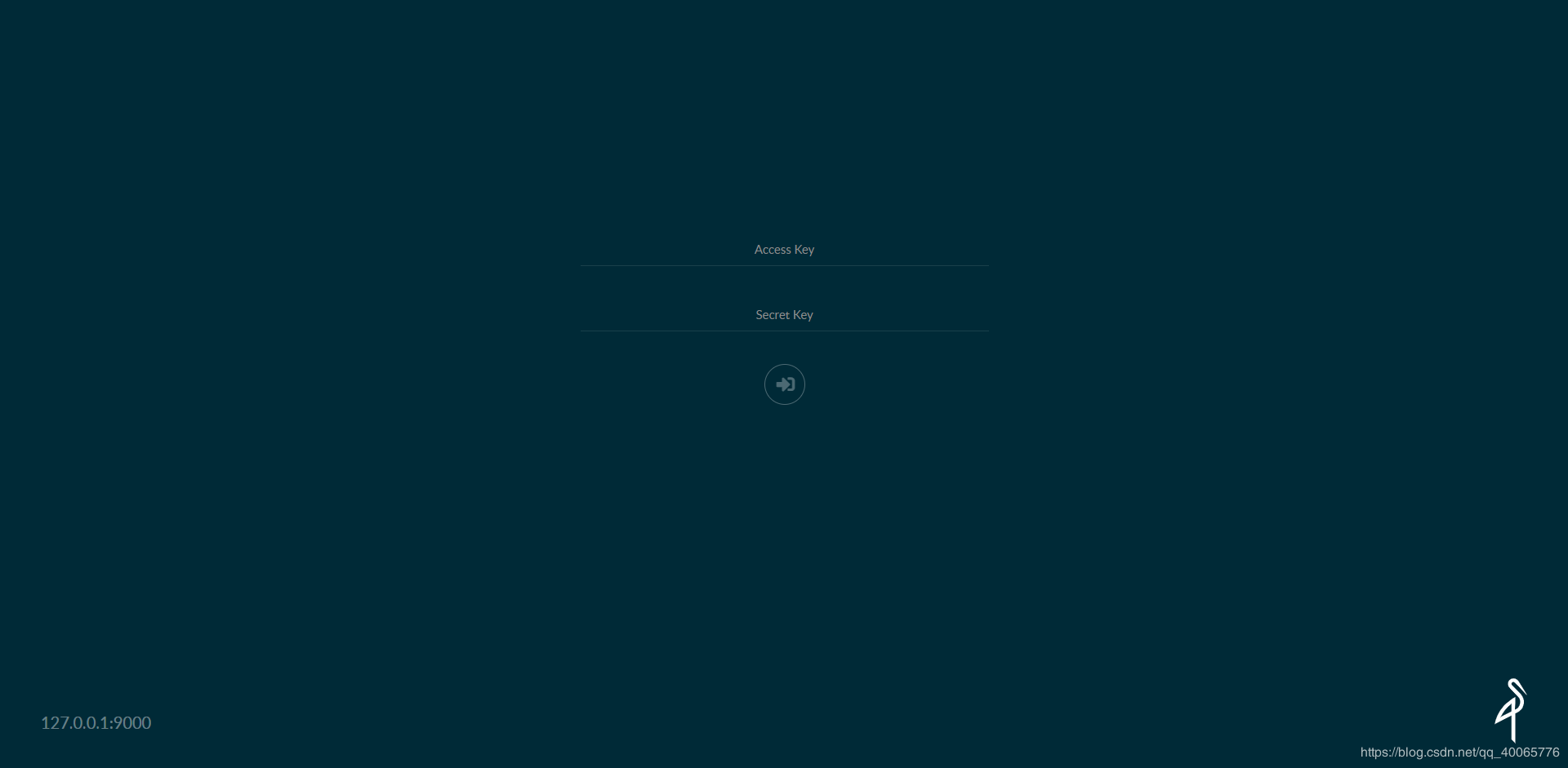
我们输入账户密码:
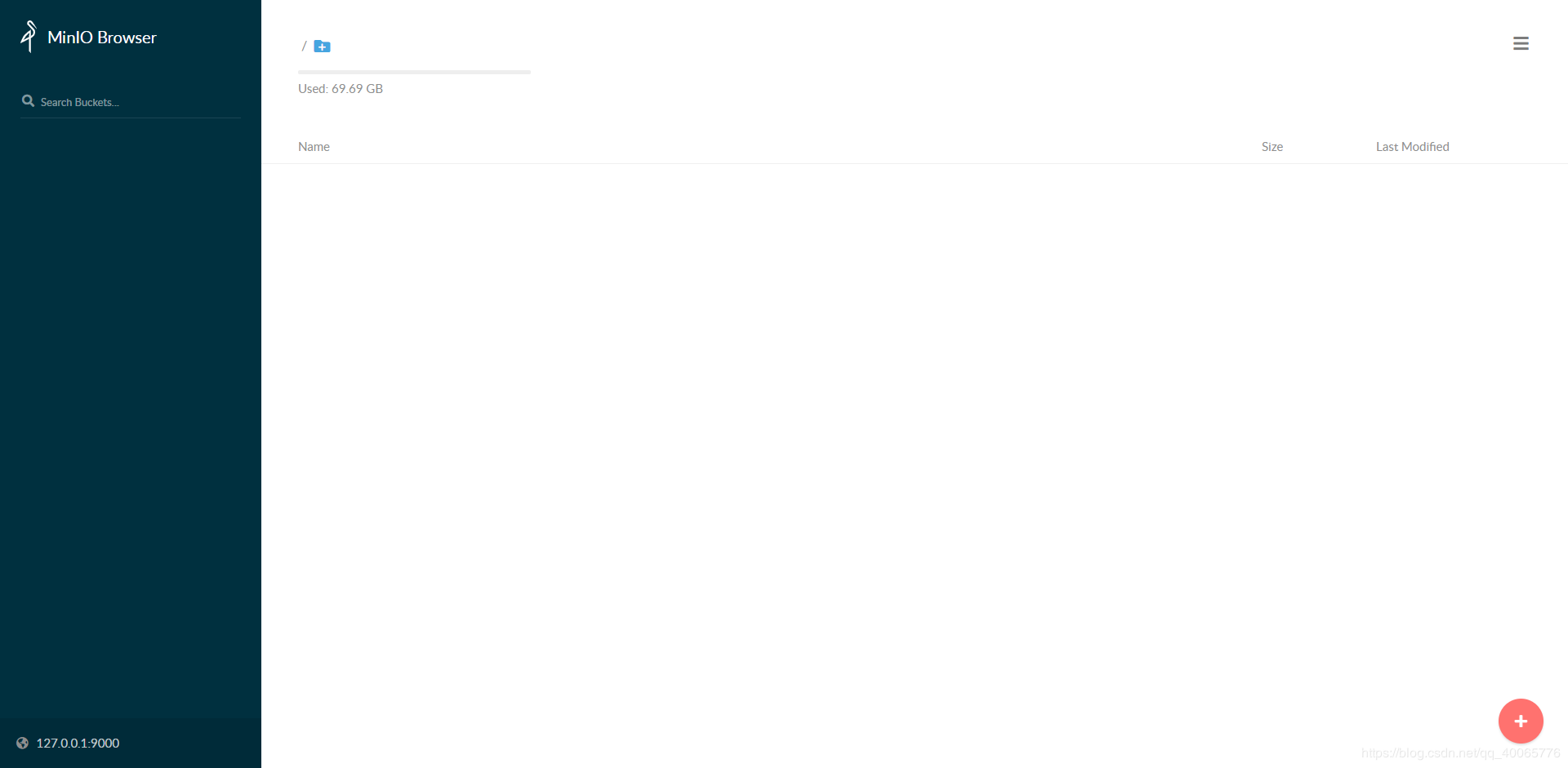
五、开始上传

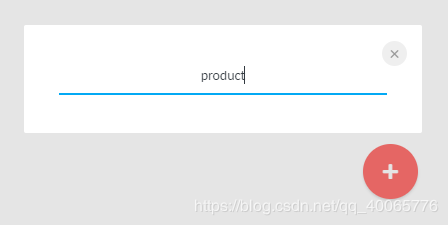
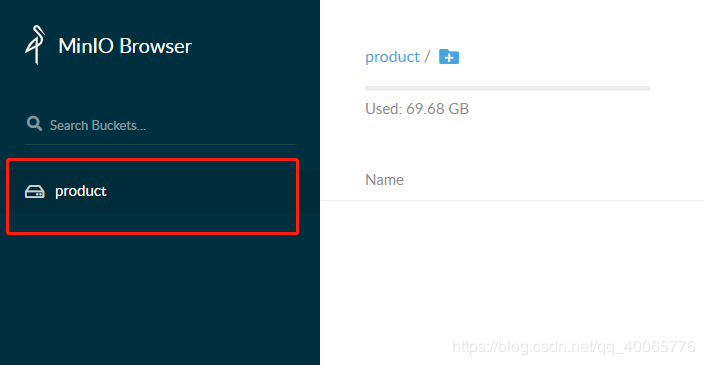
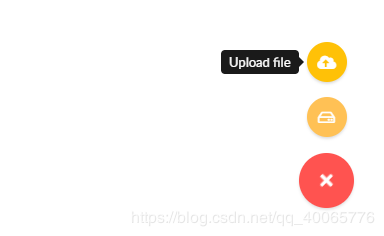

一、开发前戏
1、项目中引入 maven 依赖
<!-- minio 相关依赖 -->
<dependency>
<groupId>io.minio</groupId> <artifactId>minio</artifactId> <version>3.0.10</version> </dependency> <!-- alibaba的fastjson --> <dependency> <groupId>com.alibaba</groupId> <artifactId>fastjson</artifactId> <version>1.2.51</version> </dependency> <!-- thymeleaf模板引擎 --> <dependency> <groupId>org.springframework.boot</groupId> <artifactId>spring-boot-starter-thymeleaf</artifactId> </dependency>这里除了 MinIO 的相关依赖,还添加了 fastjson,thymeleaf 的相关依赖,篇幅原因,其余依赖请自行添加
2、添加配置信息
在 application.yml 文件中加入 MinIO 服务器的相关信息
# minio 文件存储配置信息
minio:
endpoint: http://127.0.0.1:9000 accesskey: minioadmin secretKey: minioadmin3、创建实体类
package com.zyxx.email.common.minio;
import lombok.Data;
import org.springframework.boot.context.properties.ConfigurationProperties;
import org.springframework.stereotype.Component;
/** * minio 属性值 */ @Data @Component @ConfigurationProperties(prefix = "minio") public class MinioProp { /** * 连接url */ private String endpoint; /** * 用户名 */ private String accesskey; /** * 密码 */ private String secretKey; } 这一步,我们将配置文件中 minio 的配置信息通过注解的方式注入到 MinioProp 这个实体中,方便后面我们使用
4、创建核心配置类
package com.zyxx.email.common.minio;
import io.minio.MinioClient;
import io.minio.errors.InvalidEndpointException;
import io.minio.errors.InvalidPortException;
import org.springframework.beans.factory.annotation.Autowired; import org.springframework.boot.context.properties.EnableConfigurationProperties; import org.springframework.context.annotation.Bean; import org.springframework.context.annotation.Configuration; /** * minio 核心配置类 */ @Configuration @EnableConfigurationProperties(MinioProp.class) public class MinioConfig { @Autowired private MinioProp minioProp; /** * 获取 MinioClient * * @return * @throws InvalidPortException * @throws InvalidEndpointException */ @Bean public MinioClient minioClient() throws InvalidPortException, InvalidEndpointException { return new MinioClient(minioProp.getEndpoint(), minioProp.getAccesskey(), minioProp.getSecretKey()); } }通过注入 MinIO 服务器的相关配置信息,得到 MinioClient 对象,我们上传文件依赖此对象
5、上传工具类
package com.zyxx.email.common.minio;
import com.alibaba.fastjson.JSONObject;
import com.zyxx.email.common.redis.RedisUtil;
import com.zyxx.email.utils.DateUtils;
import io.minio.MinioClient; import lombok.SneakyThrows; import lombok.extern.slf4j.Slf4j; import org.springframework.beans.factory.annotation.Autowired; import org.springframework.stereotype.Component; import org.springframework.web.multipart.MultipartFile; @Slf4j @Component public class MinioUtils { @Autowired private MinioClient client; @Autowired private MinioProp minioProp; /** * 创建bucket * * @param bucketName bucket名称 */ @SneakyThrows public void createBucket(String bucketName) { if (!client.bucketExists(bucketName)) { client.makeBucket(bucketName); } } /** * 上传文件 * * @param file 文件 * @param bucketName 存储桶 * @return */ public JSONObject uploadFile(MultipartFile file, String bucketName) throws Exception { JSONObject res = new JSONObject(); res.put("code", 0); // 判断上传文件是否为空 if (null == file || 0 == file.getSize()) { res.put("msg", "上传文件不能为空"); return res; } // 判断存储桶是否存在 createBucket(bucketName); // 文件名 String originalFilename = file.getOriginalFilename(); // 新的文件名 = 存储桶名称_时间戳.后缀名 String fileName = bucketName + "_" + System.currentTimeMillis() + originalFilename.substring(originalFilename.lastIndexOf(".")); // 开始上传 client.putObject(bucketName, fileName, file.getInputStream(), file.getContentType()); res.put("code", 1); res.put("msg", minioProp.getEndpoint() + "/" + bucketName + "/" + fileName); return res; } }二、开发进行中
1、编写 Controller
package com.zyxx.email.controller;
import com.alibaba.fastjson.JSONObject;
import com.zyxx.email.common.minio.MinioUtils;
import org.springframework.beans.factory.annotation.Autowired;
import org.springframework.stereotype.Controller; import org.springframework.web.bind.annotation.*; import org.springframework.web.multipart.MultipartFile; import javax.servlet.http.HttpServletRequest; @Controller public class MinioController { @Autowired private MinioUtils minioUtils; @GetMapping("init") public String init() { return "file"; } /** * 上传 * * @param file * @param request * @return */ @PostMapping("/upload") @ResponseBody public String upload(@RequestParam(name = "file", required = false) MultipartFile file, HttpServletRequest request) { JSONObject res = null; try { res = minioUtils.uploadFile(file, "product"); } catch (Exception e) { e.printStackTrace(); res.put("code", 0); res.put("msg", "上传失败"); } return res.toJSONString(); } }2、上传页面
<!DOCTYPE html>
<html lang="en" xmlns:th="http://www.thymeleaf.org"> <head> <meta charset="UTF-8"> <title>首页</title> </head> <body> <form accept-charset="UTF-8" th:action="@{upload}" method="post" enctype="multipart/form-data" target="_blank"> 文件:<input type="file" name="file"/> <input type="submit" value="上传"/> </form> </body> </html>这里我用的 thymeleaf 模板引擎
三、上传测试
1、访问地址
http://localhost:8080/init

2、启动 MinIO 文件服务器
3、响应信息
{"msg":"http://127.0.0.1:9000/product/product_1589105654237.png","code":1}
1
http://127.0.0.1:9000/product/product_1589105654237.png 就是我们上传之后得到的文件地址了
4、访问文件
MinIO 形式上传的文件也不支持直接访问,我们如果需要直接访问,还需要做如下操作:

设置 bucket 的 policy 策略:
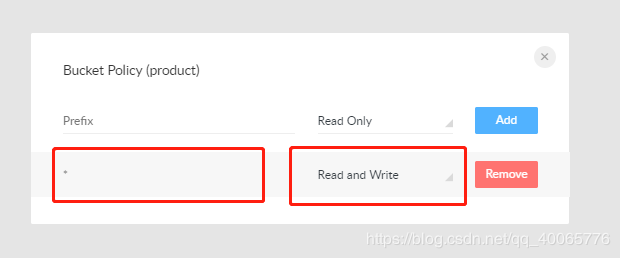
设置该存储桶下面的文件为 Read and Write,这时我们就可以直接访问了
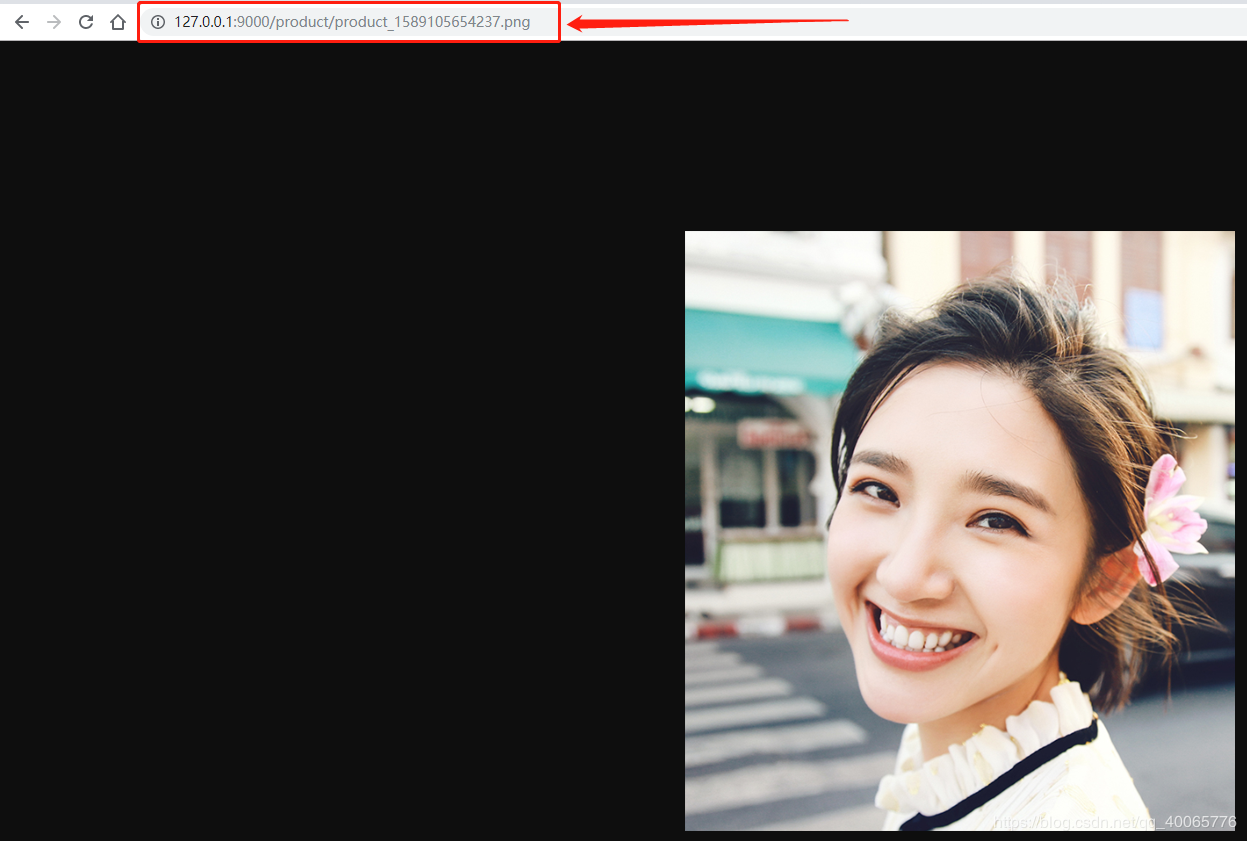
四、完整工具类代码
package com.zyxx.email.common.minio;
import com.alibaba.fastjson.JSONObject;
import com.zyxx.email.utils.DateUtils;
import io.minio.MinioClient;
import io.minio.ObjectStat; import io.minio.messages.Bucket; import lombok.SneakyThrows; import lombok.extern.slf4j.Slf4j; import org.springframework.beans.factory.annotation.Autowired; import org.springframework.stereotype.Component; import org.springframework.web.multipart.MultipartFile; import java.io.InputStream; import java.util.*; @Slf4j @Component public class MinioUtils { @Autowired private MinioClient client; @Autowired private MinioProp minioProp; /** * 创建bucket * * @param bucketName bucket名称 */ @SneakyThrows public void createBucket(String bucketName) { if (!client.bucketExists(bucketName)) { client.makeBucket(bucketName); } } /** * 获取全部bucket */ @SneakyThrows public List<Bucket> getAllBuckets() { return client.listBuckets(); } /** * 根据bucketName获取信息 * * @param bucketName bucket名称 */ @SneakyThrows public Optional<Bucket> getBucket(String bucketName) { return client.listBuckets().stream().filter(b -> b.name().equals(bucketName)).findFirst(); } /** * 根据bucketName删除信息 * * @param bucketName bucket名称 */ @SneakyThrows public void removeBucket(String bucketName) { client.removeBucket(bucketName); } /** * 获取文件外链 * * @param bucketName bucket名称 * @param objectName 文件名称 * @param expires 过期时间 <=7 * @return url */ @SneakyThrows public String getObjectURL(String bucketName, String objectName, Integer expires) { return client.presignedGetObject(bucketName, objectName, expires); } /** * 获取文件 * * @param bucketName bucket名称 * @param objectName 文件名称 * @return 二进制流 */ @SneakyThrows public InputStream getObject(String bucketName, String objectName) { return client.getObject(bucketName, objectName); } /** * 上传文件 * * @param bucketName bucket名称 * @param objectName 文件名称 * @param stream 文件流 * @throws Exception https://docs.minio.io/cn/java-client-api-reference.html#putObject */ public void putObject(String bucketName, String objectName, InputStream stream) throws Exception { client.putObject(bucketName, objectName, stream, stream.available(), "application/octet-stream"); } /** * 上传文件 * * @param bucketName bucket名称 * @param objectName 文件名称 * @param stream 文件流 * @param size 大小 * @param contextType 类型 * @throws Exception https://docs.minio.io/cn/java-client-api-reference.html#putObject */ public void putObject(String bucketName, String objectName, InputStream stream, long size, String contextType) throws Exception { client.putObject(bucketName, objectName, stream, size, contextType); } /** * 获取文件信息 * * @param bucketName bucket名称 * @param objectName 文件名称 * @throws Exception https://docs.minio.io/cn/java-client-api-reference.html#statObject */ public ObjectStat getObjectInfo(String bucketName, String objectName) throws Exception { return client.statObject(bucketName, objectName); } /** * 删除文件 * * @param bucketName bucket名称 * @param objectName 文件名称 * @throws Exception https://docs.minio.io/cn/java-client-api-reference.html#removeObject */ public void removeObject(String bucketName, String objectName) throws Exception { client.removeObject(bucketName, objectName); } /** * 上传文件 * * @param file 文件 * @param bucketName 存储桶 * @return */ public JSONObject uploadFile(MultipartFile file, String bucketName) throws Exception { JSONObject res = new JSONObject(); res.put("code", 0); // 判断上传文件是否为空 if (null == file || 0 == file.getSize()) { res.put("msg", "上传文件不能为空"); return res; } // 判断存储桶是否存在 createBucket(bucketName); // 文件名 String originalFilename = file.getOriginalFilename(); // 新的文件名 String fileName = bucketName + "_" + DateUtils.getYyyymmdd() + originalFilename.substring(originalFilename.lastIndexOf(".")); // 开始上传 client.putObject(bucketName, fileName, file.getInputStream(), file.getContentType()); res.put("code", 1); res.put("msg", minioProp.getEndpoint() + "/" + bucketName + "/" + fileName); return res; } }文件的下载功能也相当简单,这里就不一一介绍了
Java Client 指南地址如下:
https://docs.min.io/docs/java-client-quickstart-guide.html
推荐:IntelliJ 如何设置 Git 的 Remote 服务器地址
淘宝店铺怎么装修首页,淘宝装修免费模板分享
小区做什么小买卖赚钱,六个最受欢迎的小区生意
在家里做什么能赚钱致富,十个在家最挣钱的工作